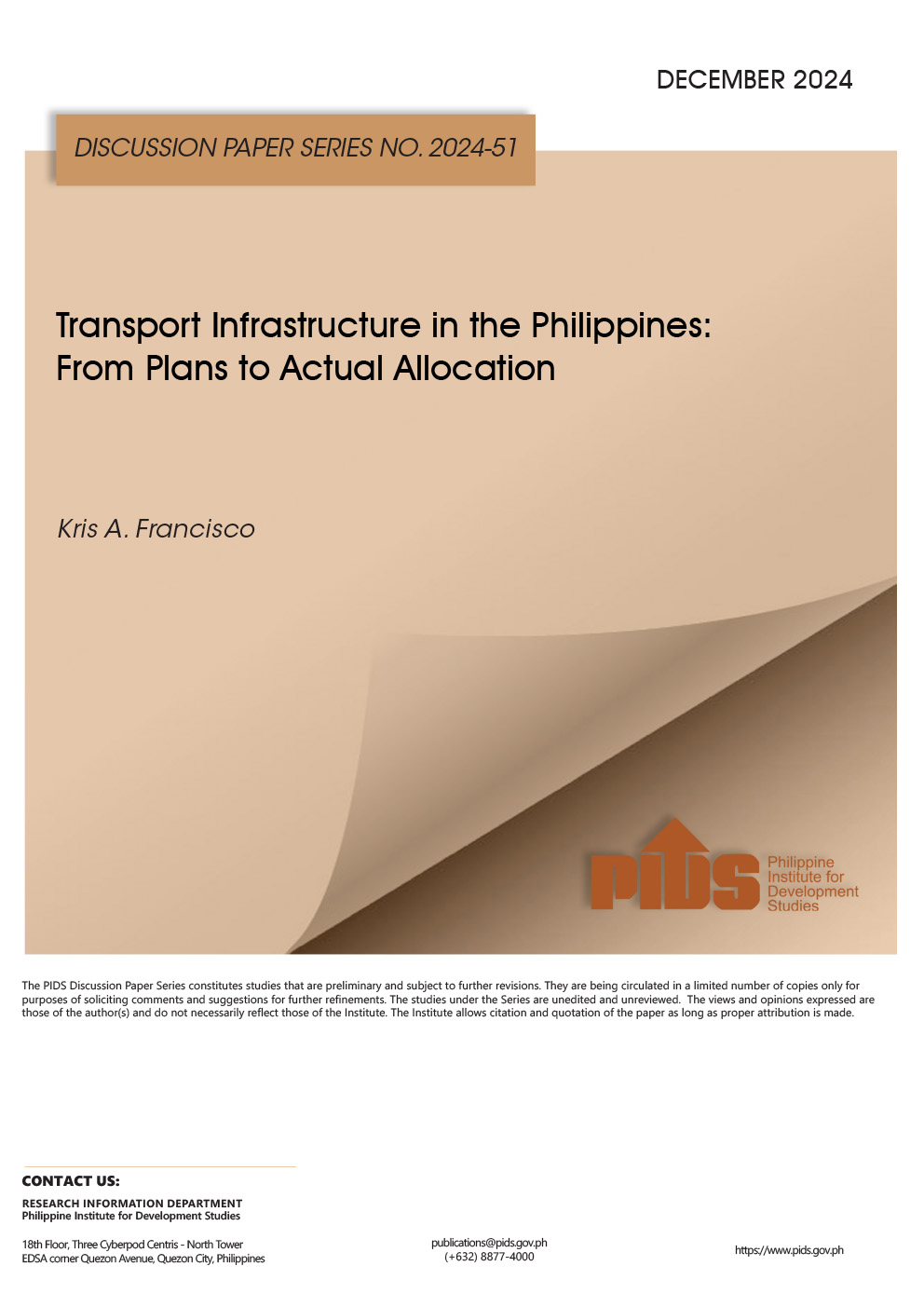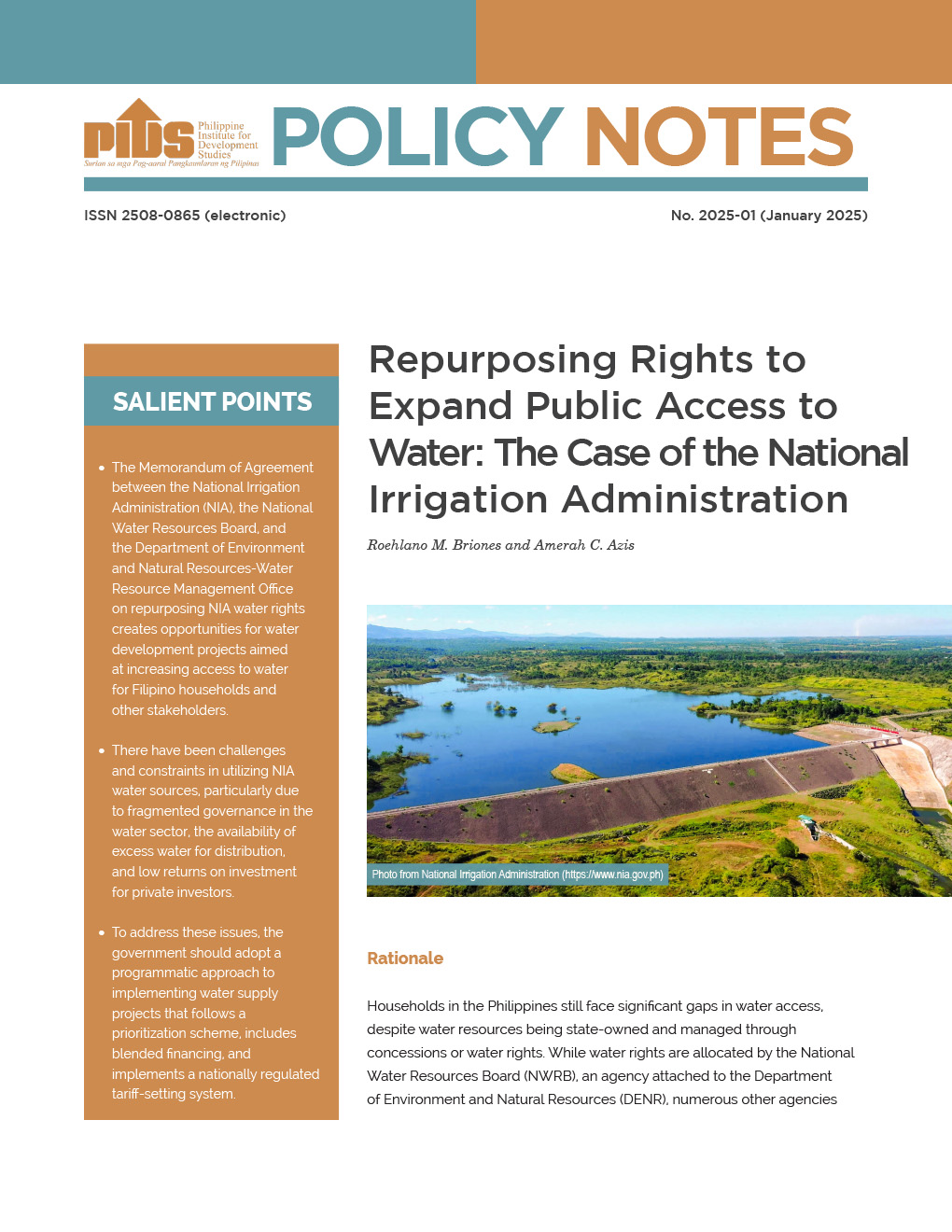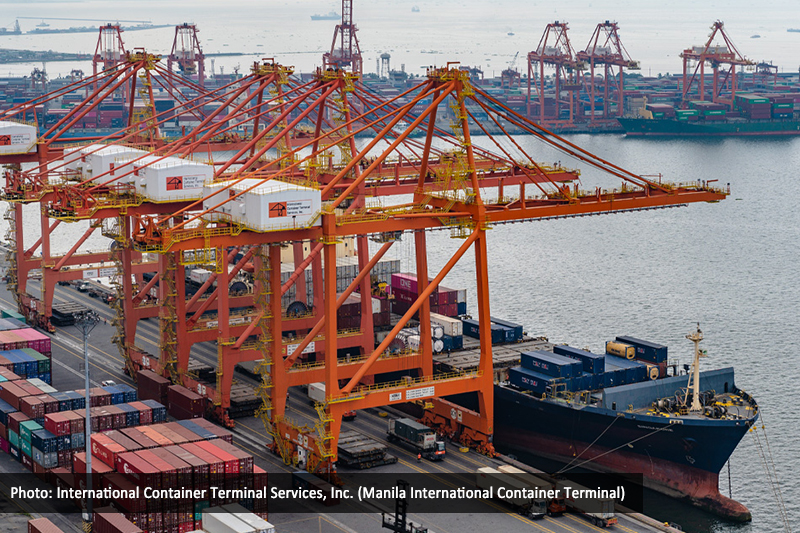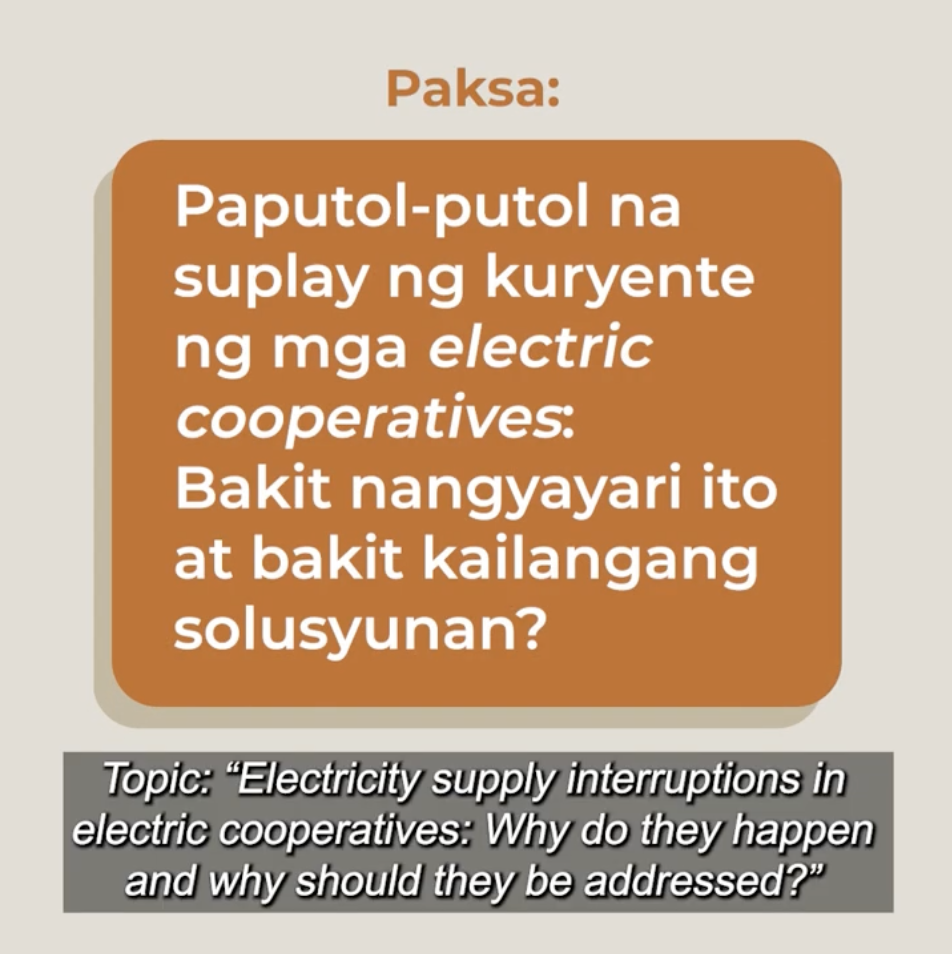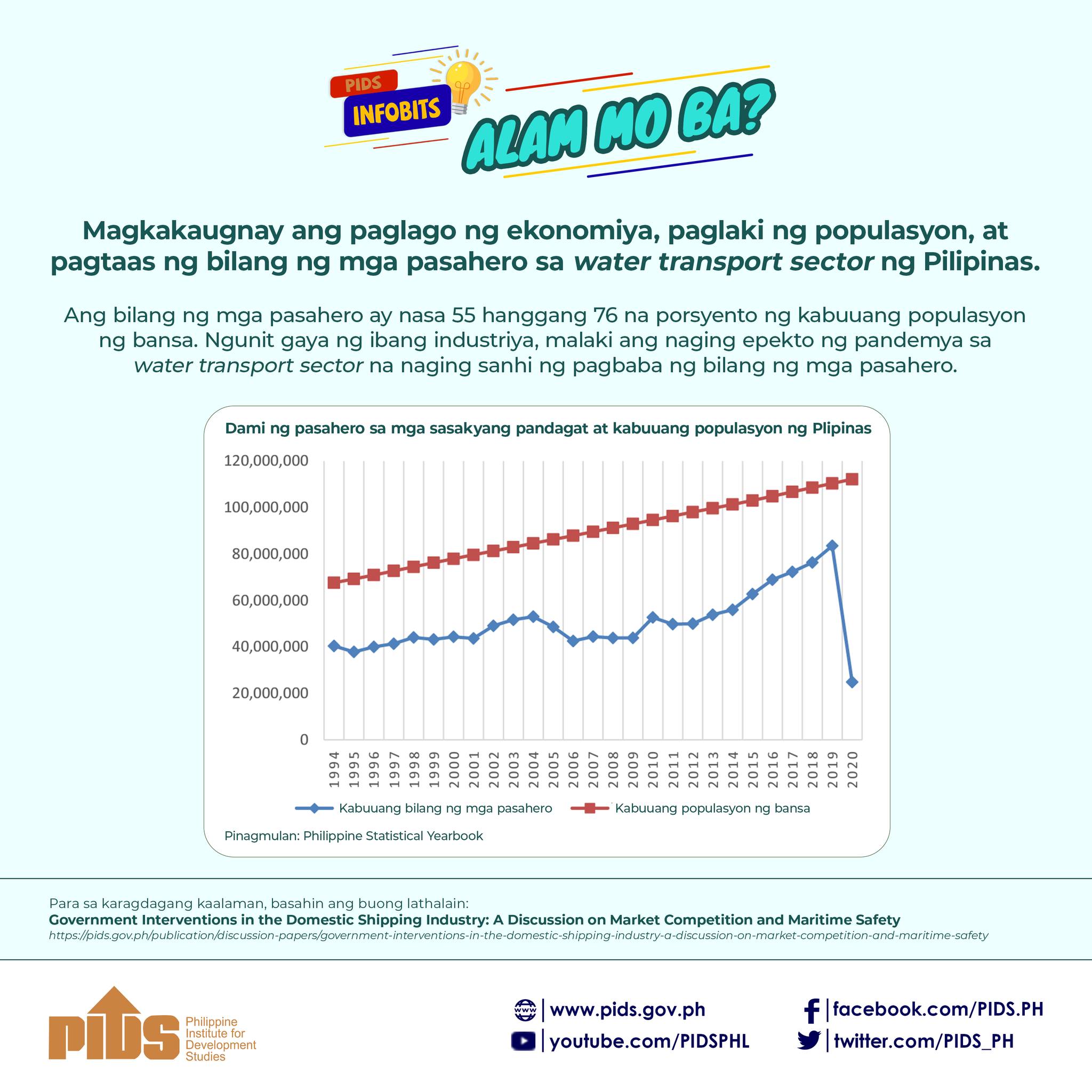The government must be willing to invest large amounts of time and resources in future-proofing the Philippines’ power sector if it is serious in resolving the energy supply interruptions that inflict damage to the economy, according to a new study.
The report, which delves into the electricity supply issues in the Philippines, notes that power outages remain a big problem and discusses how unreliable electricity is affecting businesses in the country.
It cited the latest World Bank Enterprise Survey in which company representatives signified that electricity supply issues continue to be one of the factors affecting the business environment in the Philippines.
The surveyed firms shared that they were losing 0.8 percent of their annual sales, on average, due to power outages. Consequently, owning or sharing generators appeared to be a defensive mechanism.
More than 40 percent of firms in the Philippines were dependent on generators, where they sourced around 39 percent of their power supply. Generator ownership was particularly high in Metro Cebu at 66 percent, says the document.
“Generally, this information from the World Bank Enterprise Survey implies that doing business in the country is more costly due to unreliable electricity,” said study author and Philippine Institute for Development Studies research fellow Kris Francisco in an online forum this month where she presented the results of her research.
The discussion paper identifies at least three major causes of power interruptions in the country: lack of power supply, technical issues, and environmental factors such as natural events.
Of these, environmental factors trigger a big portion of the disruptions, with “major storm disaster” as the biggest issue and a cause for concern since the Philippines is a typhoon-prone country.
Technical-related issues
Meanwhile, technical-related issues constitute the second largest factor affecting power interruptions.
Insufficient supply of power to electric cooperatives is also a big issue in itself, where utilities in the Visayas are suffering the most.
The research observes that past efforts to address these problems appear lukewarm. “Electricity supply interruptions, despite the enormous disturbance it causes the economy, have historically received little attention from our policymakers,” it says.
It reports that in 2021, consumers on average experienced around 5.7 power interruptions a year, translating to a total of 8.8 hours of no electricity. Consumers in Luzon experienced more frequent power interruptions, while consumers in Visayas endured longer hours of no electricity.
Among the list of causes, insufficient supply of power to electric cooperatives or ECs emerges as the main driver of frequent and long hours of power interruptions.
Meanwhile, it takes around 1.5 hours to restore electricity after a power outage, and supply takes the longest time to restore when the damage is done by a major storm disaster, says the paper.

